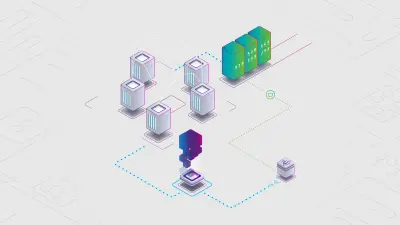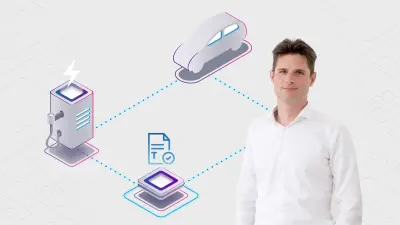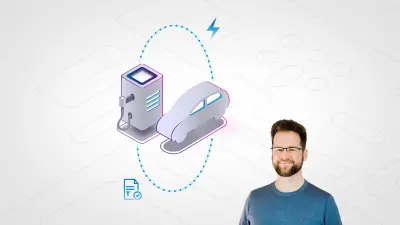How will Blockchain change our lives?
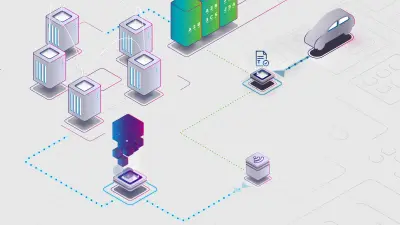
A fundamental infrastructural innovation, a key component of society in the future, a silent revolutionary: distributed ledger technologies (DLT) such as Blockchain are not just the concern of the technological world. They promise to reshape many areas of our communities. But how? Our “Chain Reaction” series has the answers.
Blockchain isn’t the sole example of distributed ledger technologies.
And Blockchain doesn’t just mean Bitcoin. DLTs can influence almost every conceivable part of society. The databases that are shared between multiple sites, regions, or participants enable a global, digital market for trade that transcends borders — with very few entry barriers and very low costs. They have the ability to succeed as an alternative to platform monopolies. Their open approach is transparent and democratic. DLTs create trust between parties where it’s needed, meaning its use in administration, the financial and energy sector, politics, and the legal realm is all but inevitable. We will have a look at how the technology works, explain the principles behind it, and examine where it can be used.
Milestones
A Blockchain for the cryptocurrency Bitcoin is launched. 2009 sees the DLT used in a groundbreaking way for the first time. Since then, the DLT has developed into a versatile technology that can be implemented in a diverse number of ways and can be found in practically every industry with first solutions.
The future of mobility
DLT has enormous potential in the mobility sector in particular. The basis of this is formed by networked vehicles that can communicate, as well as intermodal traffic concepts, and, for example, the construction of a flexible e-charging infrastructure with multiple participants.
Trust
Its potential also lies in the ability of being able to create trust between two parties. Previously, this was guaranteed by intermediary service providers — now, it works on a technical basis. This is also the foundation for smart contacts, which enable business relationships between machines.
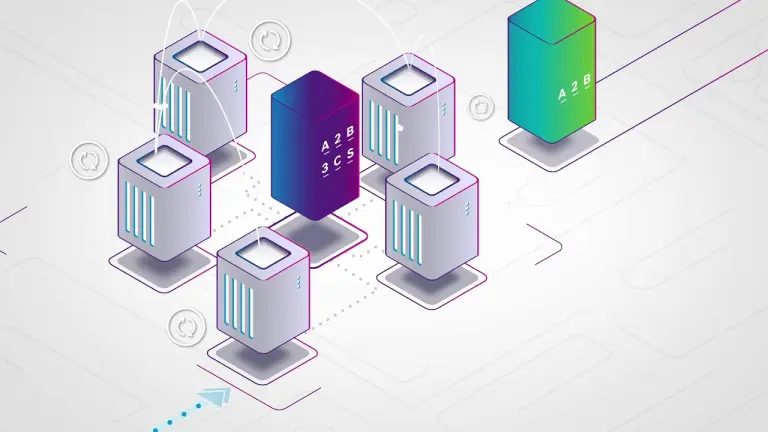
Loading the video requires your consent. If you agree by clicking on the Play icon, the video will load and data will be transmitted to Google as well as information will be accessed and stored by Google on your device. Google may be able to link these data or information with existing data.
